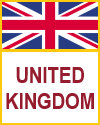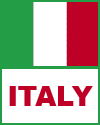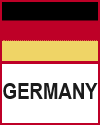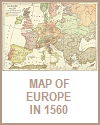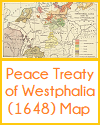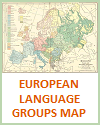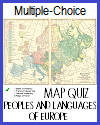Europe, the second smallest continent, boasts a diverse and complex geography that has significantly influenced its history, culture, and development. Bounded by the Arctic Ocean to the north, the Atlantic Ocean to the west, the Mediterranean Sea to the south, and Asia to the east, Europe encompasses a wide range of landscapes, climates, and ecosystems.
The continent is characterized by several major geographic regions. The Northern European Plain stretches from France to Russia, providing fertile soil and favorable conditions for agriculture, contributing to the economic stability of many countries. This vast plain is interspersed with important rivers such as the Rhine, Danube, and Volga, which have been crucial for trade, transportation, and cultural exchange throughout history.
Mountain ranges also define Europe's geography. The Alps, running across central Europe, are renowned for their towering peaks, including Mont Blanc, the highest point in Western Europe. These mountains influence the climate and weather patterns of the region, creating distinct climatic zones. The Pyrenees form a natural barrier between Spain and France, while the Carpathians curve through Eastern Europe, contributing to the continent's diverse topography.
Southern Europe features the Mediterranean region, known for its warm climate, picturesque coastlines, and rich cultural history. Countries like Italy, Greece, and Spain have coastlines along the Mediterranean Sea, which has been a vital corridor for trade and cultural exchange since ancient times. The Balkan Peninsula, with its rugged terrain and numerous islands, adds to the geographic complexity of southern Europe.
Northern Europe is marked by its peninsulas and archipelagos, such as the Scandinavian Peninsula, home to Norway and Sweden, and the British Isles, including Great Britain and Ireland. These regions experience a temperate climate with significant variations due to their northern latitudes.
Europe's varied geography, from expansive plains and towering mountains to intricate coastlines and river systems, has shaped the continent's economic activities, cultural developments, and historical trajectories, making it one of the most diverse and historically rich regions in the world.
|




